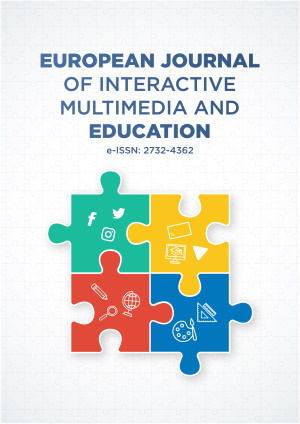Abstract
The social media landscape is constantly evolving; new platforms emerge, and existing platforms change their functionality. While a robust body of literature exists on the influences of social media on students’ academic outcomes, most studies have failed to differentiate between specific social media platforms. Further, most research in this field focuses on how one variable (e.g., time spent on social media per day) relates to students’ GPA, giving an incomplete picture of how social media relate to student outcomes. The current study aimed to (a) investigate the intricate relationship between social media usage, time spent on schoolwork, and academic performance in college students; (b) confirm the rise of TikTok use among college students; and (c) understand college students’ perceptions of how their major social media platform influences their academic performance. Data were collected from a sample of undergraduate students in the USA (n=306). While the time spent on social media was negatively correlated with GPA (r=-.16, p<.001); time spent on schoolwork had no effect on GPA (r=.03, p=.580). Further, the time allocated to social media usage positively correlated with the time devoted to schoolwork (r=.14, p=.020), suggesting the pervasiveness of social media multitasking among college students. TikTok was the most commonly used social media platform, particularly by women. However, while TikTok-favoring students were more likely to think their GPA would be higher were they off social media, their GPA was not significantly different from other users who favored Snapchat and Instagram as their primary social media platforms, implying a discrepancy between student perception and reality. This may be because the TikTok videos are very short, thus one may watch a high number of them in a row and assume they have spent a long time on the app, which may have not been the case.
License
This is an open access article distributed under the Creative Commons Attribution License which permits unrestricted use, distribution, and reproduction in any medium, provided the original work is properly cited.
Article Type: Research Article
EUR J INTERACT MULTIMED ED, Volume 5, Issue 1, January 2024, Article No: e02401
https://doi.org/10.30935/ejimed/14135
Publication date: 19 Jan 2024
Article Views: 15230
Article Downloads: 19106
Open Access References How to cite this article
 Full Text (PDF)
Full Text (PDF)